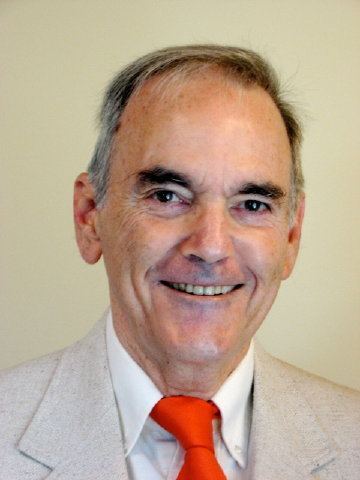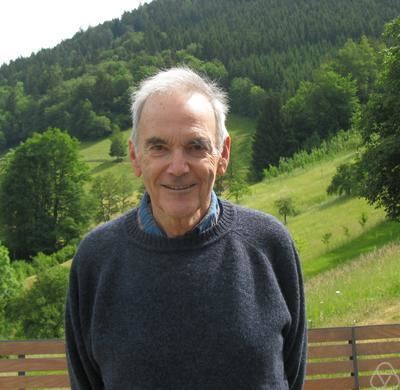Name Harold Widom Children Jennifer Widom | Siblings Benjamin Widom | |
 | ||
Books Lectures on Integral Equations Education Awards Guggenheim Fellowship for Natural Sciences, US & Canada Similar People Benjamin Widom, Jennifer Widom, Leland Stanford, Jack Goldman, Alan Kay | ||
Harold Widom (born 1932) is an American mathematician best known for his contributions to operator theory and random matrices. He was appointed to the Department of Mathematics at the University of California, Santa Cruz in 1968 and became professor emeritus in 1994.
Contents

Education and research

Widom was born in Newark, New Jersey. He studied at Stuyvesant High School, graduating in 1949, and was a member of the school's math team along with his brother Benjamin Widom (1944, 1948). Widom attended City College of New York until 1951, during which he was one of the winners of the William Lowell Putnam Mathematical Competition (1951). At the University of Chicago he obtained an M.S. (1952) and Ph.D., the latter on a thesis Embedding of AW*-algebras advised by Irving Kaplansky (1955). He taught mathematics at Cornell University (1955–68) where he started his work on Toeplitz and Wiener-Hopf operators, partly inspired by Mark Kac.
Widom was appointed in the Department of Mathematics at the University of California, Santa Cruz and became professor emeritus in 1994. His research areas were in integral equations and operator theory, in particular the determination of the spectra of a semi-infinite Toeplitz matrix and Wiener-Hopf operators, and the asymptotic behavior of the spectra of various classes of operators. The latter was looked at from the point of view of pseudodifferential operators (which generalize both integral and partial differential operators) on manifolds.
More recently, his mathematical contributions with his long term collaborator Craig Tracy have been recognized through the award of several prizes for their joint work on Tracy–Widom distribution functions for random matrices. They used integral operators to obtain explicit representations, in terms of Painlevé transcendents, of the limiting distributions of the largest and smallest eigenvalues in many models of random matrices (see Fredholm determinants). These same distributions have since been shown to arise in numerous other physical models, in random growth models, and in asymptotic combinatorics.
He has been the author of two books and more than 120 journal articles, and is an associate editor of Asymptotic Analysis, Journal of Integral Equations and Applications and Mathematical Physics, Analysis, and Geometry. He is an honorary editor of Integral Equations and Operator Theory.
